Part 2 - Weather Enroute
Before we head back out to our plane and step in the cockpit, there's one more important thing left to do: get ourselves briefed on the weather. For that, I refer to my trusty ActiveSky Evolution map, which gives us an update on real-time weather.

Well, our first look at the weather map suggests it might be quite a soup out there - the eastern part of US is a mish-mash of icing, visibility and turbulence advisories. That might cause us delays... So, let's load up our flight plan and take a closer look.
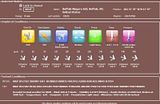
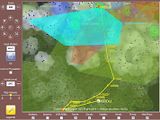
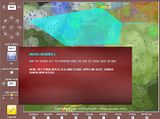
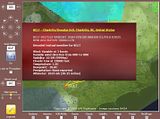
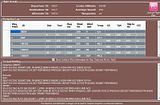
The weather on the ground at Buffalo seems reasonable enough. The latest reports shows visibility of 6 miles in light snow, with 9kt winds from the northwest.
On our flight plan, I can see that the visibility advisories, which are areas in red, along with most of the precipitation are a bit to the south of where we are and we should be well on our way to cruising level by the time we enter those areas.
One thing that does worry me a little is that bright blue blob - a Whiskey Sigmet, something I don't see very often, suggesting that occasional but severe clear air turbulence has been reported by aircraft in the area. That's right across the initial part of our route, and covering our planned cruising level at 36000ft. Further south of that are also turbulence airmets, suggesting risk of turbulence at high altitudes throughout our route. Might be a bumpy flight then - but doesn't look like definite delays yet.
Weather on the ground at Charlotte, our destination, is looking good. There's hardly any wind or cloud, there's good visibility, and the temperature is above freezing.
Our briefing for the route gives us the expected weather at altitude, which is very important for us to know. I quickly convert the temperature at the waypoint nearest to the top of our climb into deviation from ISA (International Standard Atmosphere) temperature, and note that the average winds on our route will be at 110kt coming from the west. These are important parameters for us to know, as they can affect flight planning and have a major impact on fuel consumption. No adjustments to our existing flight plan are required, though, as it was made with this type of weather conditions in mind. We keep the weather briefing on us, since we'll later have to let the airplane's Flight Management System "know" about the atmospheric conditions at our cruising level before we fly, so that it can optimize our airplane's performance.
The ActiveSky series of add-ons are a fantastic replacement for FS9s default weather - I honestly can't emphasize enough how much more detailed and useful they really are.
And now that we have all the latest information on the weather on us, we grab our manifest and head to the airplane.
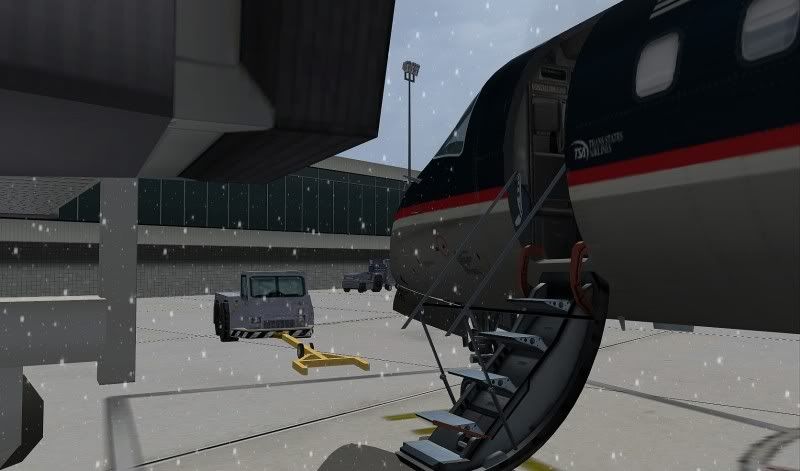
The airstair is down and ready for us to get on board.
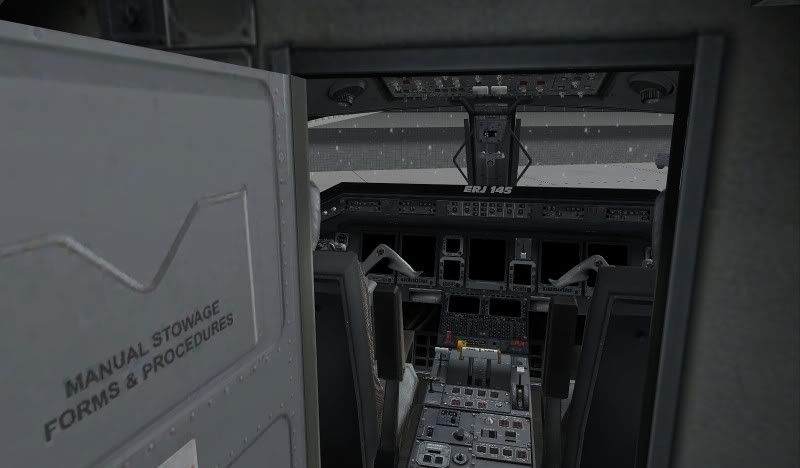
Now on board, we open the cockpit door and walk into "the office"!
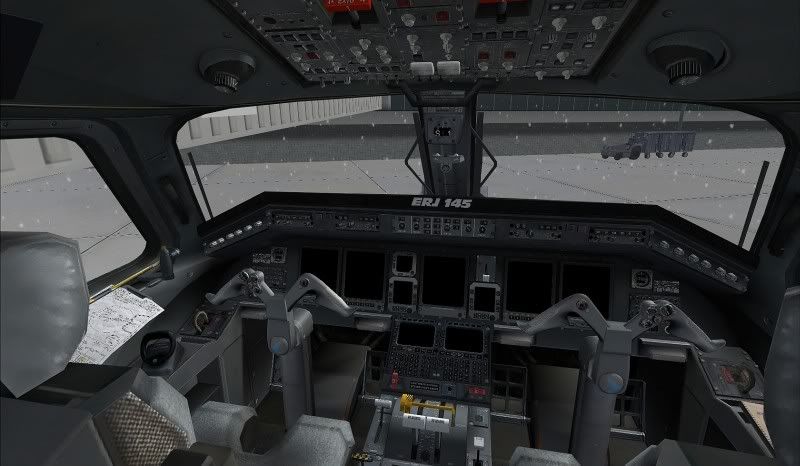
It's a bit cramped in here, but it will do for short flights - and the simple "glass cockpit" is a welcome thing for cockpit ergonomics.
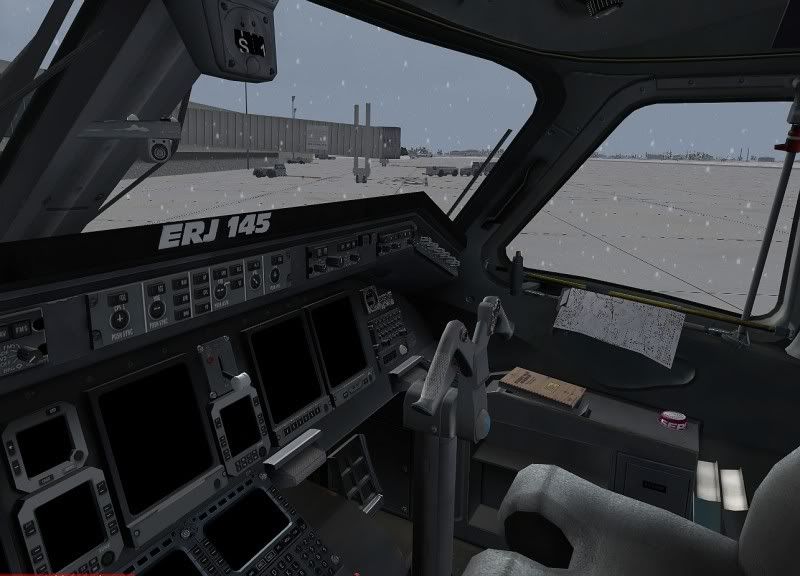
And so with about 25 minutes to departure time, we're almost ready to let our passengers in.
To be continued....